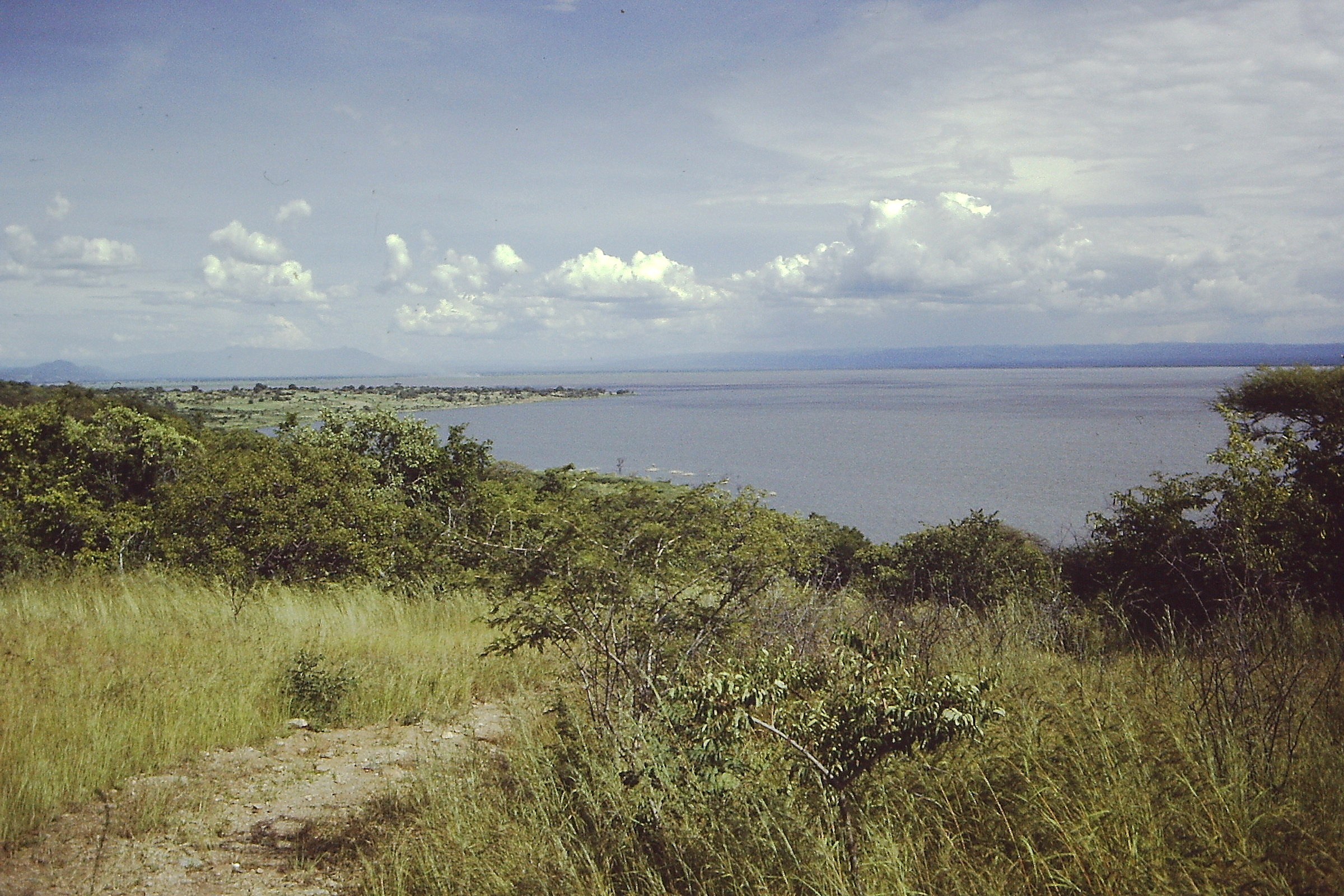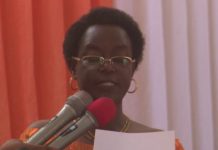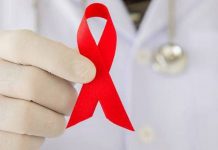THE Sumbawanga District Council has called upon the Ministry of State in the Vice- President’s Office (Union and Environment) to consider declaring Lake Rukwa in the Valley South-Western Tanzania a special ‘environmental sensitive area.’
The call was made after severe environmental degradation the area was described to be facing as a result of detrimental human activities.
The appeal was made here recently by Sumbawanga District Council Vice Chairman, Mr Apolinary Macheta during an exclusive interview with the ‘africa-press’ at the sideline of meeting organised by Lawyer Environmental Action Team (LEAT), a local Non Governmental Orgainisation (NGO).
The NGO is one of seven local philanthropic movements partnering initiatives with the Dutch Ministry of Foreign Affairs International Union for Conservation of Na- ture, Netherland (IUNCN NL) and World Life Fund Netherland (WWF NL) under the “Dialogue and Dissent Programme of the Dutch Government.
Expounding, Mr Macheta said major weakness was on unsustainable farming system by communities, tree felling and presence of big numbers of livestock to keep in confined plots. During the meeting chaired by Kalambo District Commissioner (DC) Ms Julieth Binyura organised to address challenges small scale women farmers from Rukwa and Katavi regions face, he said saving the area was a collective responsibility and work.
Reached for a comment, LEAT Monitoring and Evaluation Officer, Ms Grace Shio said that Lake Rukwa was in danger of ‘extinction’ as a result of massive environmental abuses, which have since led to the disappearance of several fish species and crocodiles.
The area is straddled in four region of Rukwa, Katavi, Tabora and Songwe, enclosing Lake Rukwa as the water body in the valley South- Western Tanzania.
The alkaline Lake Rukwa lies midway between Lake Tanganyika and Lake Malawi at an elevation of about 800 metres (2,600 ft) and in a parallel branch of the rift system.
Almost half of the lake lies in Uwanda Game Reserve. The lake has seen large fluctuations over the years due to varying inflow of streams, and currently it stretches to about 180 kilometres in length, about 32 kilometres wide, making it cover about 5,760 km2 in size.
In 1929 it was only about 48 kilometres long, but in 1939 it was about 128 kilometres in length covering 40 kilometres in width.
Meanwhile, in 2016, an estimated 1.53 billion cubic metres (54.2 billion standard cubic feet) volume of helium gas was discovered in the Lake Rukwa worth $3.5 billion.







